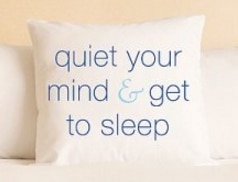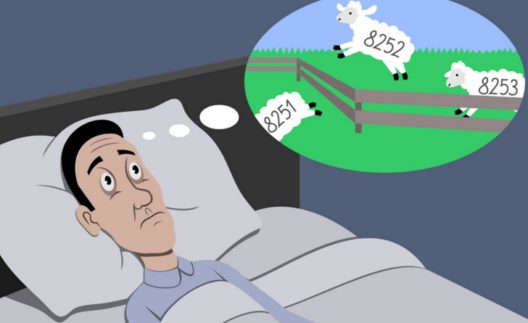It is estimated that in the US alone, up to 60 million people suffer from insomnia.
Acute insomnia is the more prevalent type as it affects 30% of the population.
Chronic insomnia on the other hand is a problem that affects 5% of the population.
While most sleep experts and general practitioners prescribe sleeping pills for insomniacs, the pills tend to be powerless against the condition most of the times.
All is not lost though as there is a relatively new non-pill treatment that promises to solve these sleeping difficulties once and for all; Cognitive-Behavioural Therapy for Insomnia (CBT-I).

First recommended for the treatment of chronic insomnia by the National Institutes of Health in 2005, CBT-I is still relatively unknown ten years later. This unawareness is something that Bruce Rybarczyk Ph.D. a clinical psychologist and sleep expert, attributes to various factors such as a common bias towards sleep medication and a general shortage of CBT-I specialists.
What is CBT-I?
CBT-I is basically a drug free therapy that seeks to re-construct and re-establish the sleep system and sleep process of the patient. It is a therapy that takes time and effort from the patient for it to succeed.
Aside from chronic insomnia, CBT-I has also been successfully used to treat mood disorders such as depression as well as post-traumatic stress disorder (PTSD).
How CBT-I Works
The very first step in CBT-I is to educate patients on the science of sleep. This is meant to help patients identify and understand all the possible causes of the chronic insomnia that they are experiencing. Often, patients are asked to keep personal journals on their sleep patterns. According to Rybarczyk, it is like having an owner’s manual for sleep.
The second major step is that of creating a temporary sleep drought in the patient. This is probably one of the most controversial components of CBT-I. This is because patients are asked to deprive themselves of sleep by sticking to a strict sleep schedule that involves sleeping and waking up at fixed times. Patients are asked to limit themselves to between 5 hours and 5.5 hours every night.
This procedure normally goes on for one week and once their body’s need for sleep is re-established they are allowed to start moving up their bedtimes using 30-minute increments.
According to Rybarczyk, this is important in reactivating the circadian system which in turn allows patients to sustain their sleep for longer.
 Elimination of Doubt
Elimination of Doubt
In addition to restricting their sleep, patients are also put into a strict sleep stimuli control program. In this case, patients are asked to stick to strict and specific bedtimes and wake times.
They are also advised to go to bed only when sleepy and to avoid taking any naps before their set bedtimes. Aside from that, it is recommended that patients use the bed for the purpose of sleep only.
This basically means not having TV sets, phones or any work-related items in the bedroom.
All this is meant to ensure that patients associate their beds with sleep only and in so doing, eliminate the sleep related anxiety and doubt that insomniacs often associate with bed.
Rybarczyk also advises patients to establish and maintain wind-down routines that are meant to trigger their minds into sleep-mode.
Rybarczyk asserts that a patient’s confidence in his or her ability to sleep is by far one of the biggest success drivers of CBT-I. He uses counselling sessions to try and build up the confidence of his patients by helping them appreciate the progress and accomplishments that they have made.
Self-doubt in acute insomnia patients can and will undermine the success of CBT-I.
CBT-I takes lots of time and effort for it to work. Sometimes, it may involve re-engaging in the sleep restriction several times.
Sticking to the program, no matter how difficult, is the key to successful CBT-I.
